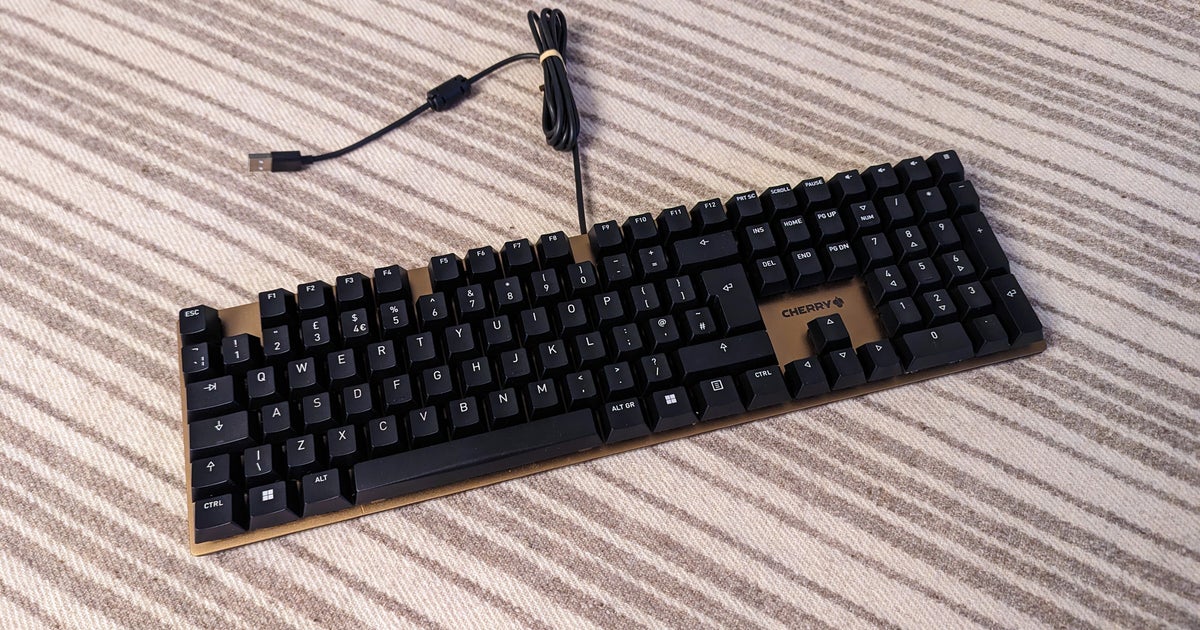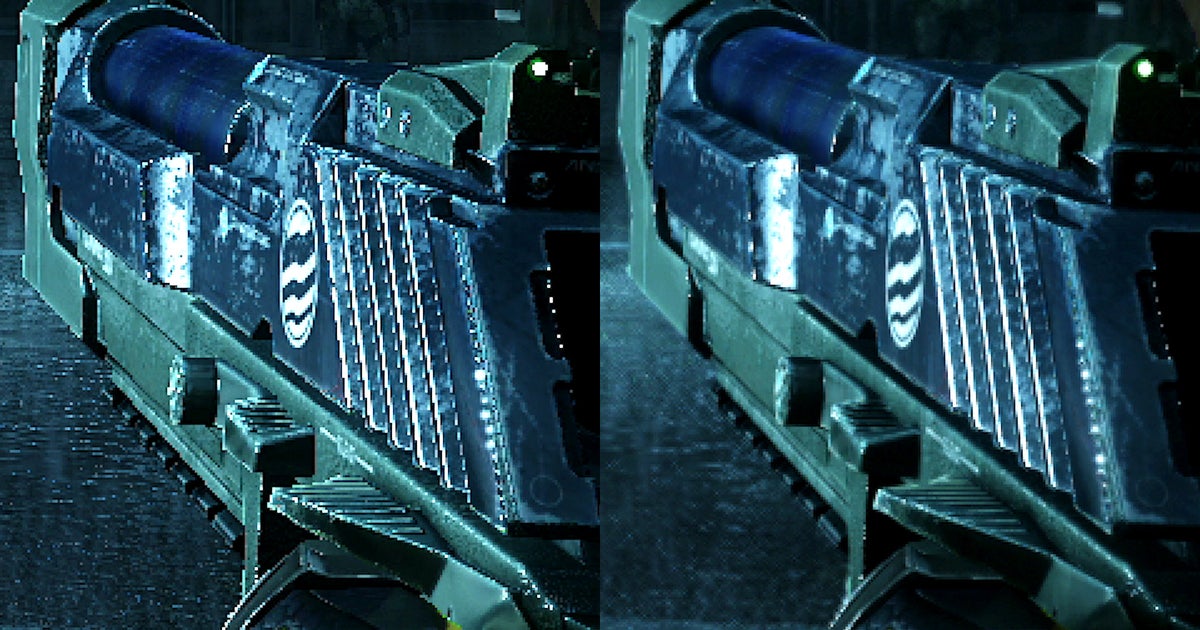[ad_1]
Puzzles are a tricky thing to perfect in video games. They’re present in so many different genres – typically giving us some small goal to work towards between blasting enemies and searching for resources – but are also rarely as engaging as they could be, when not a game’s main focus. For more creative solutions (and creative problems) we have to turn to the dedicated puzzle genre, of course. These days, indie games rule the space, but with so many out there in the wild west of digital storefronts what makes a puzzler stand out? Paper Trail answers this with one basic idea: folding paper.
Folding the piece of paper your character is standing on reveals the picture on the underside of that page, which can have keys, doors, and pathways to your destination. Or, the underside can fill in part of a pattern required to magically unlock other areas. You can fold pages from the top, bottom, sides, or four corners. Playing Paper Trail is as straight-forward as that, but simple controls do not equal a simple game.
I’d hazard a guess we’ve all had to push a heavy object onto a switch to get through a door at some point in our gaming histories, so it’s no surprise Paper Trail includes this almost customary puzzle in its demo. However, I’ve never had to fold my way to the solution before. With this one addition, a mainstay puzzle suddenly requires a whole new way of thinking. What corner do I fold first? In what order? Where should the statue be when I start to fold? Where should I be standing? It doesn’t have a wildly complicated solution, but it does feel satisfying when the lightbulb moment happens. This one new layer of thinking is easy enough to comprehend, but tough enough to impress.
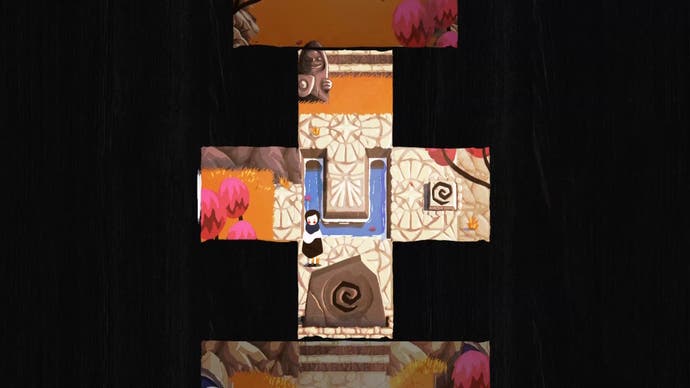
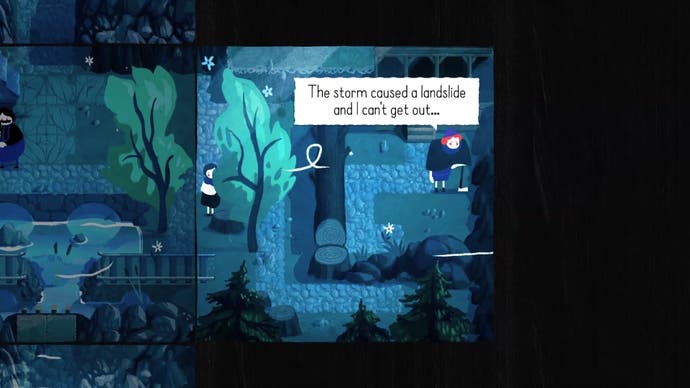

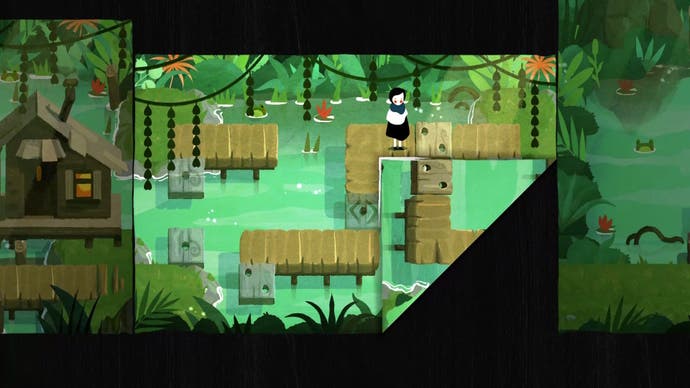
There are other elements that I could gush about in the demo, like its charming storybook artstyle and calming music, but it’s Paper Trail’s execution of its central folding feature that makes it such a great experience. I’m reminded of other clever indies like Cocoon and The Swapper when trying to describe how it feels to play Paper Trail. What are they really? In Cocoon we’re picking up orbs and travelling in and out of them, and The Swapper is just about making copies of your character that walk where you walk. It’s not the simplicity of these games that make them all so satisfying to play though, it’s how far they go with, and how well they implement, their one central mechanic. Those descriptions do no justice to the grand solutions you have to execute, squeezing all they can out of one brilliant idea.
Although not as intricate as these two examples in its demo, with an understanding of the impact its paper-folding mechanic can have, Paper Trail feels like it has the potential to wow us all with another trippy puzzler well worth scratching your head over.
This piece is part of Wishlisted, a week-long series on Eurogamer covering some of our favourite games from February 2024’s Steam Next Fest. You can read all the other pieces from the series at our Wishlisted hub.
[ad_2]
Source link

